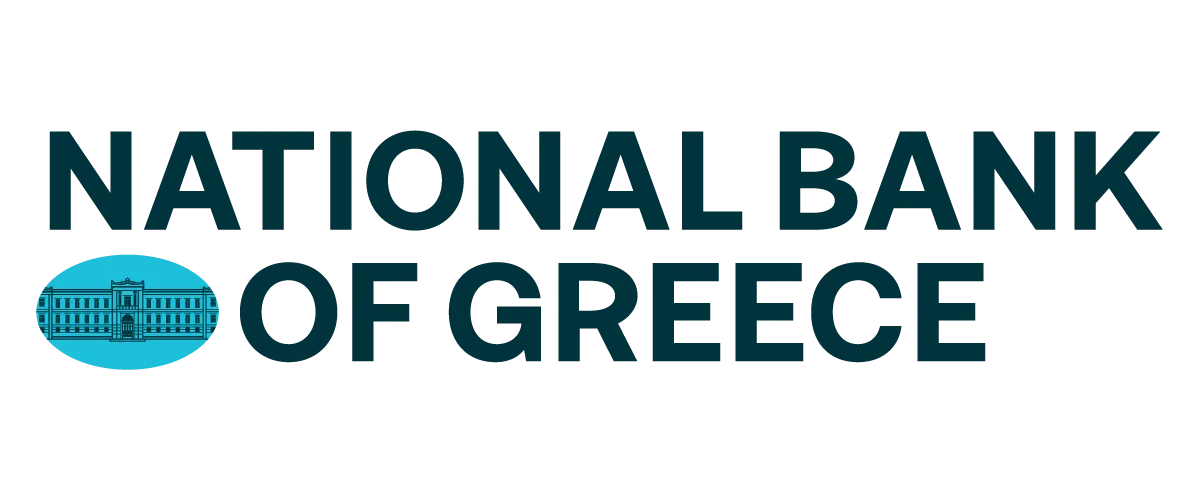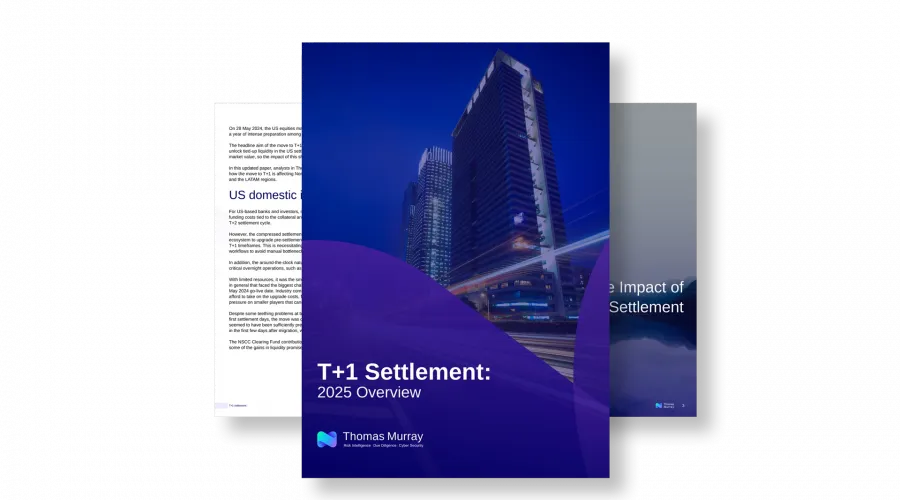
T+1 Settlement 2025: Global Transition, Impacts, and Strategic Insights
On 28 May 2024, the US equities markets transitioned to a T+1 settlement cycle after more than a year of intense preparation among both domestic and international firms.
The headline aim of the move to T+1 settlement was to reduce counterparty risk exposure and unlock tied-up liquidity in the US settlement process. US equities represent over 40% of global market value, so the impact of this shift is already being felt through other regions.
In this updated paper, analysts in Thomas Murray’s Financial Market Infrastructure team highlight how the move to T+1 is affecting North America, Europe, Asia Pacific, Africa and the Middle East, and the LATAM regions.
The eBook covers:
- The Impact of T+1 Equities Settlement
- Lessons from India and Asia-Pacific 7
- The EU and UK Approach to T+1 Settlement in 2024
- T+1 Takes Hold: Opportunities and Challenges for European Markets in 2025
- Building Towards Shorter Settlement Cycles in Latin America, Africa and the Middle East
Fill out the form to download your copy
Insights

NYSE proposes around-the-clock trading
The New York Stock Exchange exploring the possibility of trading on a 24/7 basis has caused both excitement and concern among market participants.

Cash correspondent banking and monitoring: A primer
Correspondent banking, whether traditional or digital, plays a vital role in the international financial system.

Correspondent monitoring: A safeguard against the worst-case scenario
Correspondent banking plays a vital role in the global financial system, though it does carry significant risks.

Liquidity in Ghana and Zambia
The state of foreign exchange liquidity across Africa often shares several key features and challenges that impact the region’s financial markets.


